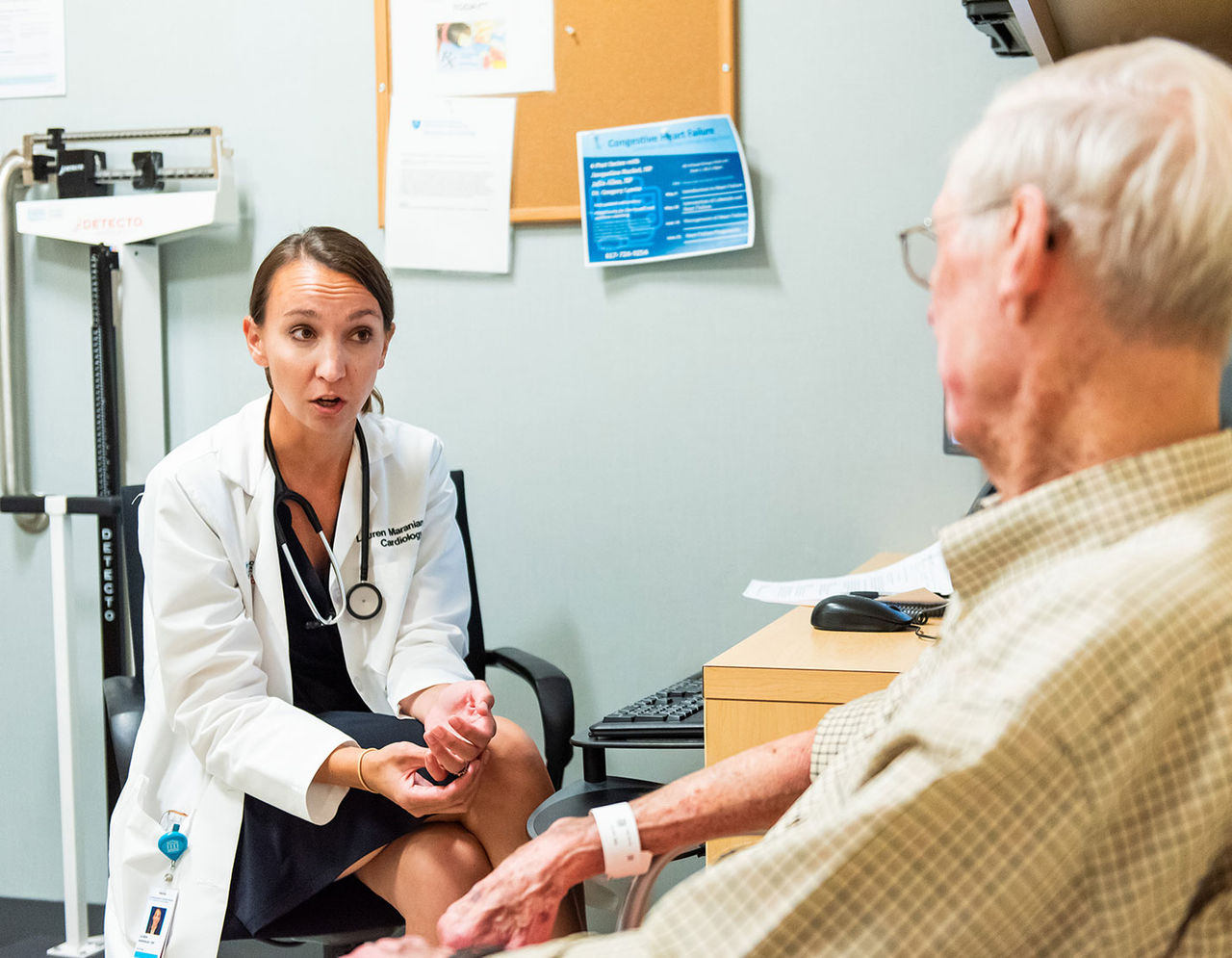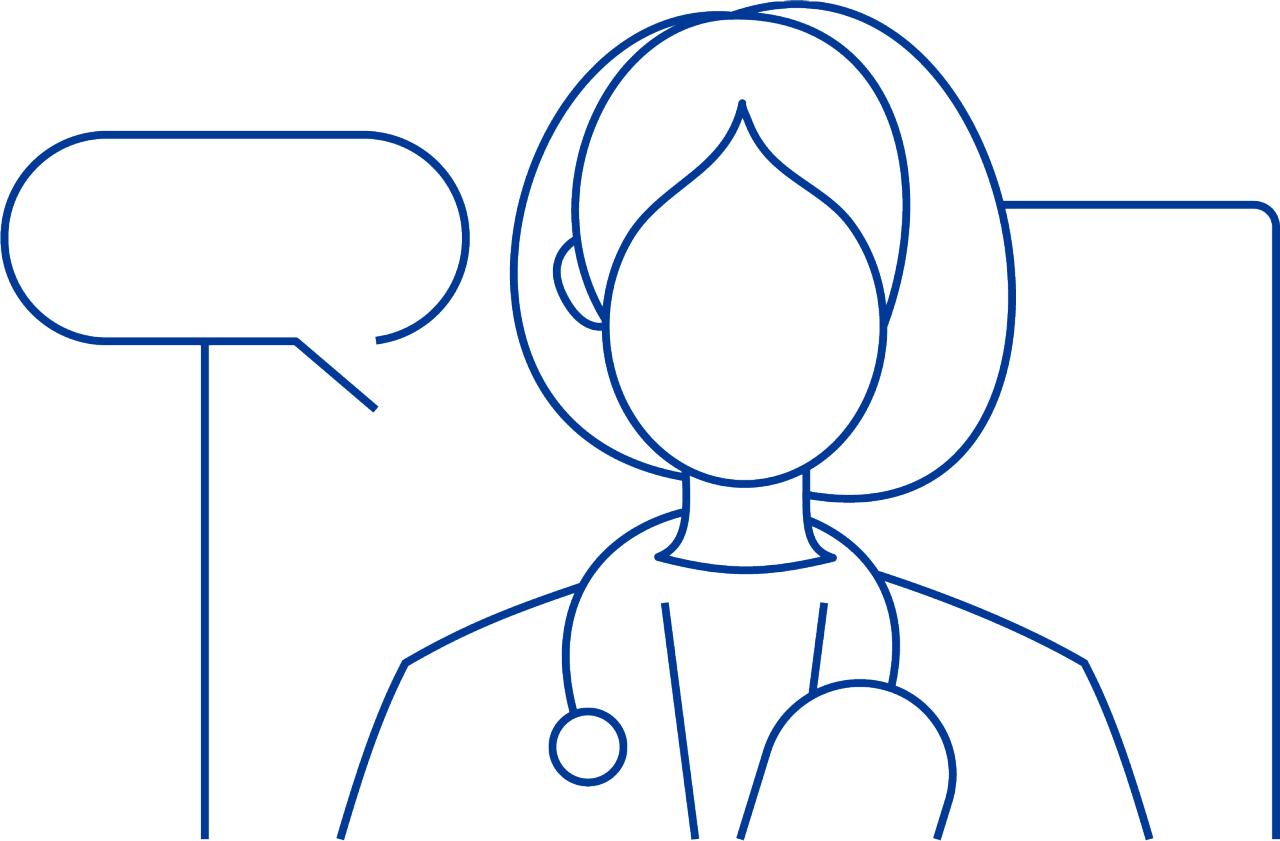There are several causes and risk factors for hypertension. Smoking, lack of physical activity, and poor diet are lifestyle choices that can lead to hypertension. Age, race, chronic conditions, and medications can also increase the risk of high blood pressure.
-
- Find Care
-
- Visitor Information
- Find a Location
- Shuttles
- Visitor Policies
-
-
- Our Virtual Care Options
- Virtual Urgent Care
- Virtual Visits for Primary & Specialty Care
- Online Second Opinions
- Participate in Research
-
- Contact us
-
- For Innovators
- Commercialization Guide for Innovators
-
-
- Research News
- Alzheimer's Disease
- Artificial Intelligence
-
- Overview
-
- Overview
- Getting Started
- New to Mass General Brigham
- International Patient Services
- What Is Patient Gateway?
- Planning Your Visit
- Find a Doctor (opens link in new tab)
- Appointments
- Patient Resources
- Health & Wellness
- Flu, COVID-19, & RSV
- Billing & Insurance
- Financial Assistance
- Medicare and MassHealth ACOs
- Participate in Research
- Educational Resources
- Visitor Information
- Find a Location
- Shuttles
- Visitor Policies
- Find Care
-
- Overview
- Our Virtual Care Options
- Virtual Urgent Care
- Virtual Visits for Primary & Specialty Care
- Online Second Opinions
-
- Overview
- Participate in Research
-
- Overview
- About Innovation
- About
- Team
- News
- For Industry
- Venture Capital and Investments
- World Medical Innovation Forum (opens link in new tab)
- Featured Licensing Opportunities
- For Innovators
- Commercialization Guide for Innovators
- Contact us
-
- Overview
- Information for Researchers
- Compliance Office
- Research Cores
- Clinical Trials
- Advisory Services
- Featured Research
- Two Centuries of Breakthroughs
- Advances in Motion (opens link in new tab)
- Brigham on a Mission (opens link in new tab)
- Gene and Cell Therapy Institute
- Research News
- Alzheimer's Disease
- Artificial Intelligence
-
- Overview
-
- Overview
- Residency & fellowship programs
- Brigham and Women's Hospital
- Massachusetts General Hospital
- Mass Eye and Ear
- Newton-Wellesley Hospital
- Salem Hospital
- Integrated Mass General Brigham Programs
- Centers of Expertise
- Global & Community Health
- Health Policy & Management
- Healthcare Quality & Patient Safey
- Medical Education
- For trainees
- Prospective trainees
- Incoming trainees
- Current trainees
- Continuing Professional Development
- Patient Care
- Services and Specialties
- Heart and Vascular
- Conditions & Treatments
- High Blood Pressure (Hypertension)
What is high blood pressure?
Blood pressure is measured by two numbers: systolic and diastolic.
The systolic number measures the pressure in the arteries when the heart beats. The diastolic number measures the pressure in the arteries when the heart is at rest between beats. The systolic is considered the top number and the diastolic is the bottom number. For example, if your blood pressure measurement reads 110 systolic and 70 diastolic, the pressure would be “110 over 70” or 110/70 mmHg (millimeters of mercury).
What is normal blood pressure?
Normal blood pressure is generally considered a reading less than 120/80 mmHg. When someone has high blood pressure, and their numbers consistently fall outside of a healthy range, it puts them at greater risk for a heart attack, heart disease, and stroke.
What are the symptoms of high blood pressure?
There are often no signs or symptoms of hypertension, which is why many individuals do not realize they have high blood pressure. It's possible to experience shortness of breath, headaches, and nosebleeds, but only if hypertension has reached a life-threatening level.
Complications from high blood pressure
High blood pressure, if left untreated, can damage the brain, heart, kidneys, and other organs. It also damages the arteries, which decreases the blood flow and oxygen to the heart. This puts a patient at greater risk for heart disease, chest pain, heart attack, or heart failure.
High blood pressure is also linked to an increased risk of stroke. It can cause the arteries to the brain to burst or become blocked, which is when a stroke occurs. A stroke can lead to disability or even death.
While there are numerous complications from hypertension, the good news is, there are ways an individual can manage high blood pressure and lower their risk of these serious health conditions.
Hypertensive crisis
A sudden spike in high blood pressure—with a systolic number of 180 mmHg or a diastolic number of 120 mmHg—can lead to a condition known as hypertensive crisis. This puts an individual at a much higher risk of stroke and is a potentially life-threatening condition. Signs of a hypertensive crisis include:
- Headache
- Severe chest pain
- Vertigo
- Blurred vision
- Nausea and vomiting
There are two types of hypertensive crisis: emergency and urgency. Hypertensive emergency is a spike in blood pressure that becomes so high it causes organ damage. Hypertensive urgency is also a severe spike in blood pressure but without organ damage.
What are the types of high blood pressure?
High blood pressure falls into two categories: primary or secondary hypertension.
Primary hypertension is sometimes referred to as essential hypertension. This type of blood pressure can take years to develop, and there is no known cause.
Secondary hypertension is typically brought on suddenly due to an underlying condition. Various diseases, conditions, and medications can cause this type of high blood pressure.
What causes high blood pressure?
Numerous causes of hypertension and risk factors increase the likelihood of high blood pressure. Many of the causes of hypertension are related to lifestyle choices, including:
- Smoking and the use of tobacco products
- Not enough exercise
- Sedentary lifestyle
- Too much salt in the diet
- Being overweight or obese
- Drinking too much alcohol
Other factors contributing to an increased chance of high blood pressure include:
- Increasing age
- Race, notably an increased chance in those of African heritage
- Family history of high blood pressure
- Chronic conditions
- Stress
- Pregnancy
How is high blood pressure diagnosed?
Hypertension can be diagnosed by checking your blood pressure reading. This is performed by wrapping an inflatable pressure cuff around your arm and only takes a few moments. A doctor may take several blood pressure readings throughout a designated time period to determine if the blood pressure levels are consistently out of the healthy or normal range.
At-home readings using a store-bought blood pressure monitor may be necessary for a proper diagnosis.
Tests can help confirm a diagnosis of high blood pressure and identify the underlying cause of hypertension. Tests include ambulatory monitoring, which measures blood pressure levels for a 24-hour period. Lab tests that can provide more information include a urinalysis, blood test, and cholesterol screening.
An electrocardiogram (an EKG or ECG) may be helpful in the diagnosis of hypertension as well. This test measures the electrical activity of the heart. Other tests, such as an echocardiogram, may be needed to look for further signs of heart disease.
High blood pressure treatment
Hypertension treatment usually involves lifestyle changes. Medication can also help control high blood pressure. Your healthcare team may advise the following:
- Stop smoking
- Decrease alcohol intake
- Reduce salt in the diet
- Eat a heart-healthy diet, which includes fruits, vegetables, beans, whole grains, and healthy fats
- Engage in more physical activity, including regular exercise
- Maintain an ideal weight
- Limit caffeine intake
- Get enough sleep
Lifestyle changes can potentially reduce high blood pressure, so you don't require further treatment.
Medications for high blood pressure
If lifestyle changes aren't enough to reduce high blood pressure, the doctor may prescribe medications to gain control over your blood pressure. Numerous medications can be prescribed for high blood pressure, including:
- Angiotensin-converting enzyme (ACE) inhibitors. This blood pressure medication relaxes and prevents blood vessels from narrowing
- Angiotensin-2 receptor blockers (ARBs). This medication also relaxes the blood vessels but works by blocking the natural chemical that narrows the arteries
- Beta blockers. These medications slow the heartbeat, so the heart does not have to work as hard
- Calcium channel blockers. Calcium channel blockers widen blood vessels, which helps reduce blood pressure
- Diuretics. Diuretics help flush excess water out of the body
If a combination of these medications does not work to lower blood pressure, a doctor may prescribe other types of medications, such as alpha blockers or alpha-beta blockers.
Living with high blood pressure
A hypertension prognosis should be taken seriously. Following treatment recommendations can help reduce the risk of heart disease, heart attack, and stroke.
FAQs
The four stages of hypertension are:
- Normal: Systolic is less than 120 mmHg and diastolic number is less than 80 mmHg
- Elevated: Systolic is 120-129 mmHg and diastolic number is less than 80 mmHg
- Stage 1 hypertension: Systolic number between 130-139 mmHg or a diastolic number between 80-89 mmHg
- Stage 2 hypertension: Systolic number of at least 140 mmHg or diastolic number of at least 90 mmHg
Individuals with hypertension often do not know they have high blood pressure because they have no signs or symptoms. Hypertension may only be diagnosed after it is measured at the doctor’s office or pharmacy. Some people with hypertension experience headaches, dizziness, fatigue, chest pain, flushing, or nosebleeds.

